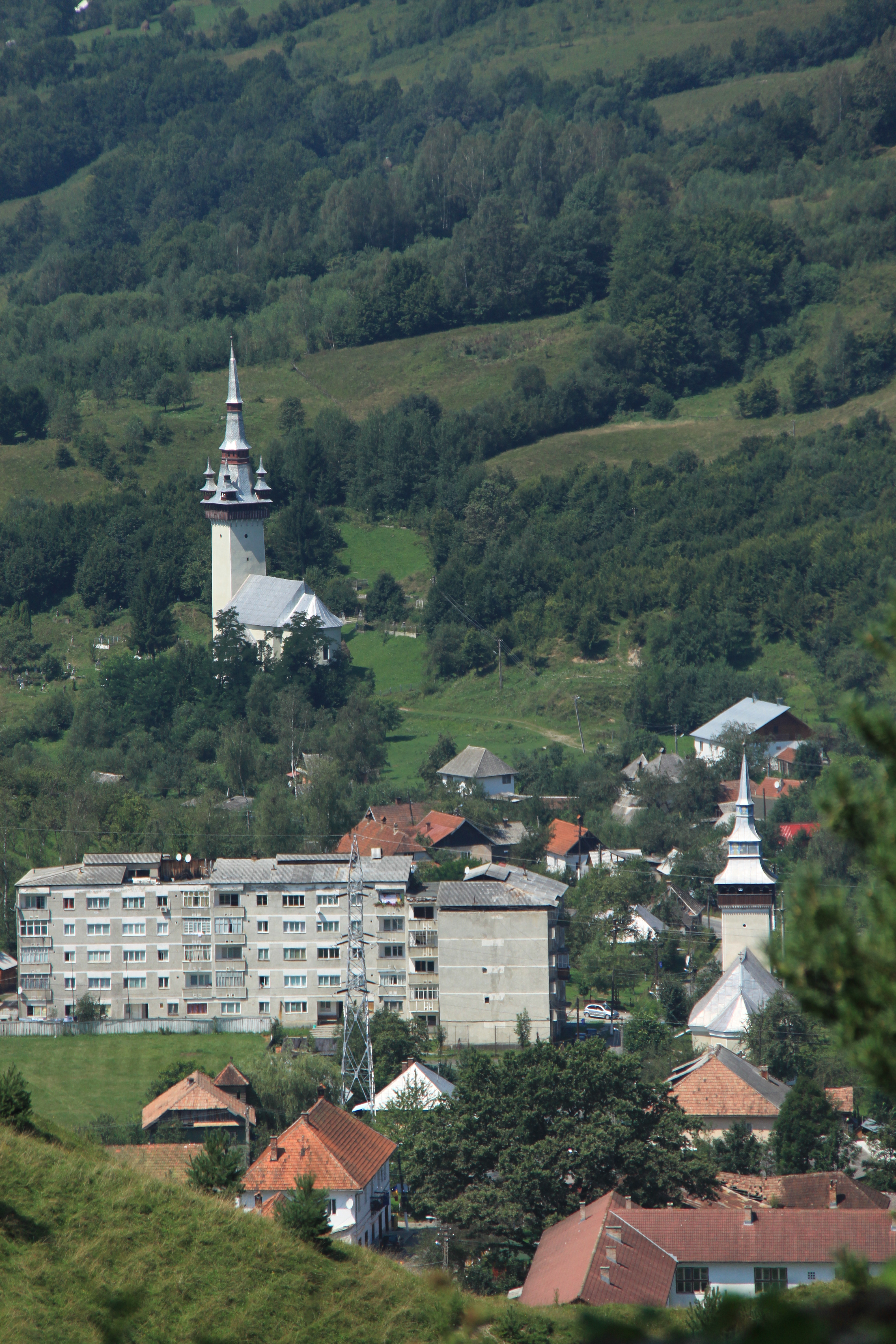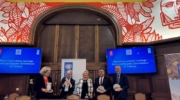European Parliament puts spotlight on sustainable future of Rosia Montana
MEP Mircea Diaconu from Romania, Vice-Chair of the Committee on Culture and Education of the European Parliament and Rapporteur of the EP Resolution ‘Towards an integrated approach to cultural heritage for Europe’, hosted an international workshop entitled ‘Rosia Montana: Never Ending Story’ in Brussels on 17 March 2016. The debate aimed to promote the cultural and natural heritage of Rosia Montana and to discuss the future regional plan for the sustainable development of the entire area. Following many years of national and international campaign against a large-scale open-cast gold mining project, Europa Nostra and the European Investment Bank (EIB) Institute listed the ancient mining landscape of Rosia Montana among The 7 Most Endangered heritage sites in Europe in 2013.
MEP Diaconu opened the discussions before giving the word to Mihai Ghyka, Secretary of State of the Ministry of Culture of Romania, who stressed the very clear and positive position of his Ministry on Rosia Montana, which has been confirmed by the recent inclusion of Rosia Montana on the country’s tentative list for UNESCO World Heritage status. As a consequence, the large-scale gold mining project which has been promoted by a multinational company for 15 years, has been blocked by the Romanian government. Mr Ghyka also announced that his Government has started preparing a comprehensive development plan for the region, with due involvement of the local community and civil society, and has set up a taskforce to that effect which met for the first time on 16 February in Bucharest.
Stefan Balici, newly appointed Director General of the National Institute of Heritage of Romania (who is also a Council Member of Europa Nostra), presented the site and the long story of its preservation.
Presentations of three examples of best practice took place showing various methods of sustainable development for European mining sites with similar stories and challenges which are now all on the UNESCO World Heritage List: Las Medulas in Spain presented by Miguel Lage; Cornwall and West Devon Mining Landscape in UK presented by Barry Gamble; and Idrija in Slovenia presented by Matevz Straus and Iztok Hvala.
Despite the absence of the Mayor of Rosia Montana, several Mayors from the surrounding towns and villages (Abrud, Brad, Bistra, Certeju de Sus, Scarisoara) participated in the discussion and shared their various concerns and points of view.
Representatives from the European Commission also contributed to the EP hearing on Rosia Montana, namely Walter Zampieri, Head of Unit Culture Policy and Intercultural Dialogue at DG EAC, Ioana Albulescu, Unit for Romania at DG REGIO, Mihaela Luca and Lucian Radu, Programme Managers of Unit for Romania at DG AGRI.
Costa Carras, Vice-President of Europa Nostra, and Guy Clausse, former Dean of the EIB Institute and Council Member of Europa Nostra, also joined the discussion and presented ‘The 7 Most Endangered’ programme launched by Europa Nostra and the EIB Institute in 2013. This initiative has also received the support from the EU Europe Creative programme in the framework of Europa Nostra’s network project ‘Mainstreaming Heritage’.
Guy Clausse mentioned some EU funding possibilities (mainly related to the structural funds) while Costa Carras stressed that Rosia Montana is an iconic case of production coming into direct conflict with the sustainable survival of cultural heritage, the natural landscape and the local community alike.







